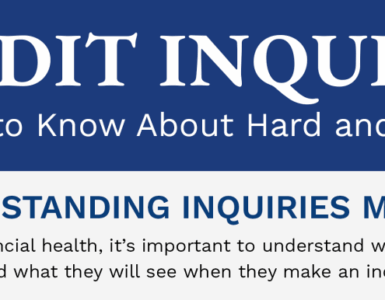Do one thing: Before adding an authorized user to your account, set up ground rules for how the person plans to pay back any charges they make each month.
It’s a financial conundrum for the ages: When you have little or no credit, it’s tough to build credit. Young adults who have no credit cards of their own—and many times no income on which to qualify for a card—run the risk of launching into life with no credit or what’s known in the finance world as a thin credit file.
Having a thin credit file makes it difficult to rent an apartment or get a decent rate on auto insurance, among other things. Why? Because landlords and insurance agents often use credit scores, in most states, to decide whether someone is trustworthy enough to do business with.
What is “Credit Piggybacking?”
This is one of the instances where piggybacking can come into play. Sometimes parents add a child to one or more of their accounts as an authorized user, so the child is in essence piggybacking on their good credit behavior. Adding an authorized user to a credit account can help boost their credit if you already have a healthy credit score and practice smart financial habits such as paying your bills on time every month.
When Should You Do It?
A parent adding their child to an account to help them build a credit file is a better choice than co-signing for a credit card for a young adult.
Make Sure it Counts
When parents add a child as an authorized user, check in with the credit card issuer to make sure they report the new user’s activity to the three major credit bureaus. If they don’t, check your wallet for another card issuer who will.
Potential Impacts
There are a few things to take into account before adding an authorized user:
-
If the credit owner doesn’t have a great score, it could negatively impact the potential authorized user’s score, too.
-
The authorized user is not legally liable for the charges they incur.
-
Because of the issue of some people allowing a stranger to become an authorized user on their account for a fee, some issuers no longer report authorized users to the three main credit reporting bureaus.
Beware Piggybacking Scams
This leads me to a warning about using credit repair companies. In 2022, the Federal Trade Commission (FTC) identified a company and alleged it was cheating people out of money with promises to repair their credit in 45 days by piggybacking onto the account of someone with good credit, noted Seena Gressin, an attorney with the FTC. In this case, the company told people they would become an ‘authorized user’ in name only on a credit card account but never had access.
In reality, most credit repair companies can’t do anything you can’t do for yourself for free. The FTC created a list to help people spot credit repair scams, including what to do if you paid a scammer for a piggybacking scheme or anything else.
Be Patient
The truth is, when it comes to building and repairing credit, it doesn’t happen overnight. Expect it to take a solid six months of a parent reporting on behalf of a child as an authorized user for them to develop an active enough credit file to be able to get a card on their own.
With reporting by Casandra Andrews






